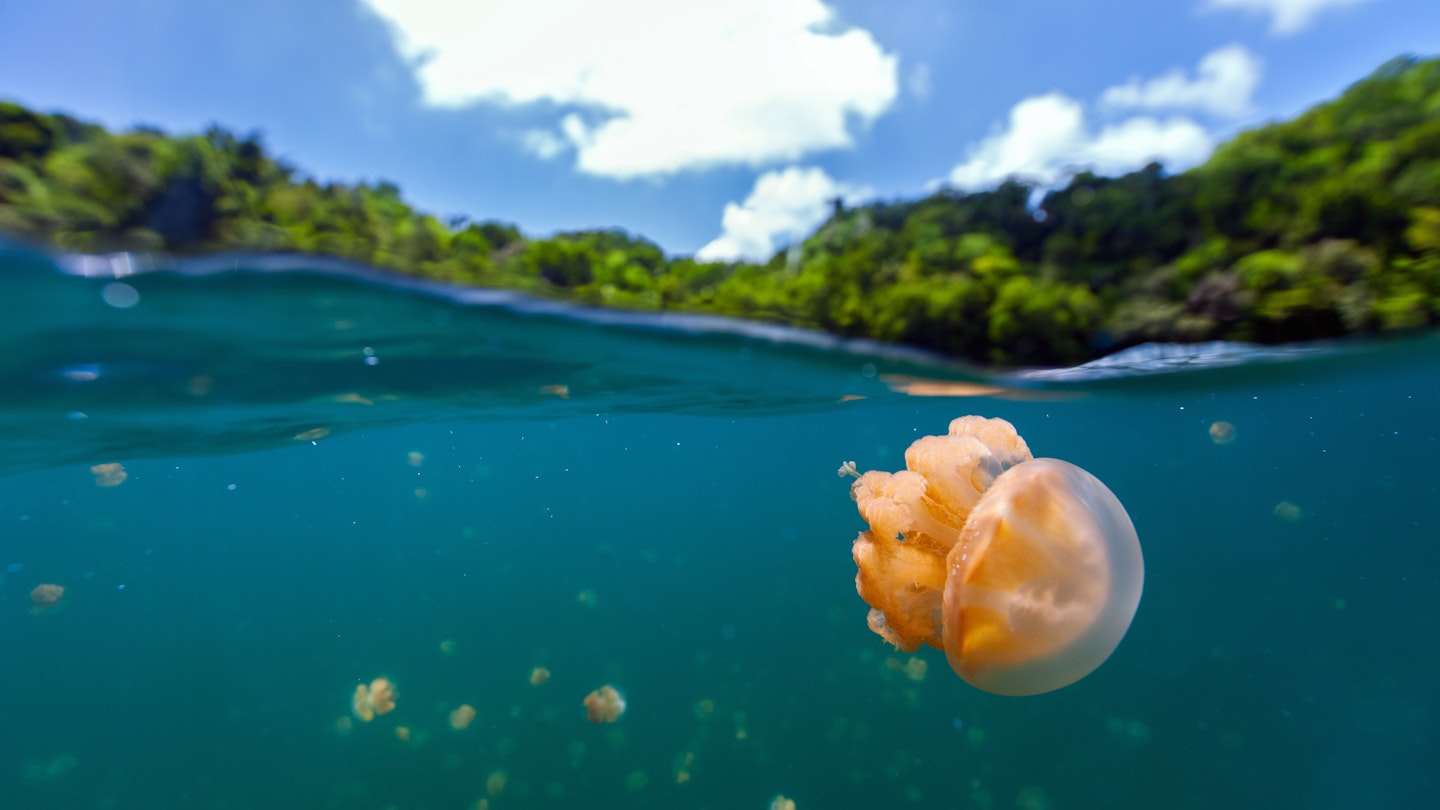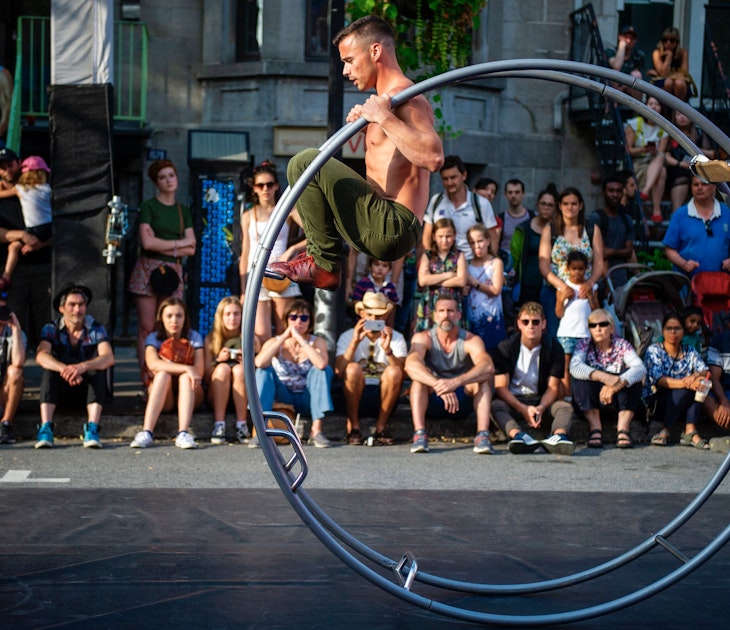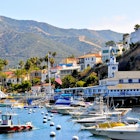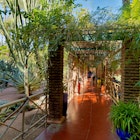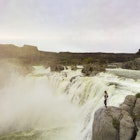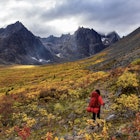So you know about the enormous loop that Africa’s wildebeest make around the Serengeti each year and the mass movement of humpback whales between their Antarctic feeding grounds and subtropical breeding grounds.
But are you also aware that the natural world contains plenty of other, lesser-known spectacles that involve vast numbers of critters on the move? Here’s where to see eight of the world’s quirkier migrations with your own eyes in 2022.

Golden jellyfish
While jellyfish are known for drifting around in ocean currents, the golden jellyfish of Palau’s famous Jellyfish Lake – which are not poisonous to humans – perform a unique daily migration route that follows the sun’s arc across the sky. Each morning, these soft-bodied animals cluster on the western shore of this Micronesian marine lake to perform a horizontal migration towards the rising sun, stopping just short of the shadows formed by lakeside trees where their primary predators, anemones, live. After taking a break while the sun is high in the sky, the jellyfish then make the return trip in the early afternoon.
See it: Palau’s Jellyfish Lake can be visited year-round on excursions from the main island of Koror, but the drier months from November to April generally offer the best weather.

Monarch butterflies
Every September or October, distinctive black-and-gold monarch butterflies begin their mass migration from their southern Canada and eastern US breeding grounds to overwintering sites in central Mexico and California, where they huddle together in trees by the millions. But unlike other animals that perform epic migrations, these individual butterflies will never return. When the insects start to flutter home again around May, females will stop en route to lay eggs. In a few days, the eggs hatch into striped caterpillars and consume vast amounts of milkweed before forming a chrysalis and transforming into adult butterflies. The new butterflies then take to the skies to fly another few hundred miles north before repeating the process for as many as five generations to complete the journey.
See it: Aim to visit central Mexico’s Monarch Butterfly Reserve between January and March, when butterfly numbers are at their peak.

Arctic terns
How far would you travel to escape the winter? For Arctic terns, it means departing their summer breeding grounds in Greenland to fly all the way to the Weddell Sea on the shores of Antarctica before returning again at the end of the Antarctic "summer" in what is known as the longest migration route of any animal on earth. The birds, which feed on the water while on the wing, don’t even fly direct, taking a 43,000-plus mile (over 70,000km) S-shaped route both ways, a journey thought to amount to three return trips to the moon over the average tern’s 34-year lifespan.
See it: Arctic terns can be spotted on various legs of their migration route, from their northern hemisphere summer breeding grounds in Greenland to The Azores, Portugal, where they might make a pit stop on their way back north in May.
Ask LP: how can I travel to Antarctica?
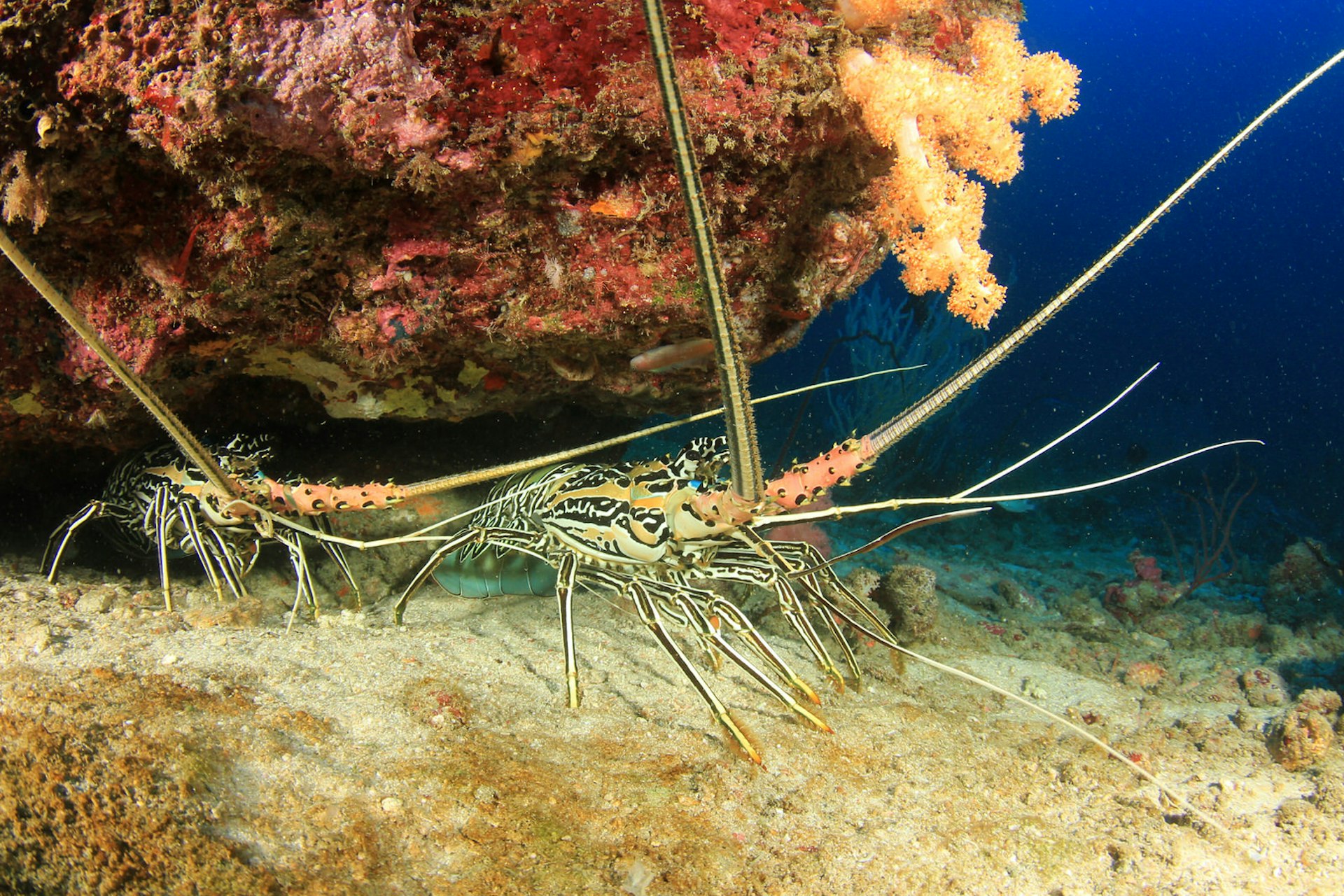
Spiny lobsters
Found across the Caribbean, these clawless crustaceans undergo one of the most unusual migrations under the sea. At the beginning of each summer, they line up in queues resembling conga lines of up to 50 individuals and march offshore into deeper water across the ocean floor. On top of avoiding the summer storms that tend to lash the Caribbean, it’s also thought egg-bearing females can promote the development of their eggs by moving into cooler waters. When autumn arrives, the lobsters move back into shallower waters to breed again. While it’s not known exactly why the lobsters form a single line, some scientists have theorized that the conga formation helps to protect the arthropods from predators.
See it: These nocturnal creatures are most easily seen on a night dive in the Caribbean, though you’d have to be very lucky to spot a migrating group around the onset of summer.

Lesser flamingos
Every year in August, the nomadic lesser flamingos of sub-Saharan Africa flock to the Great Rift Valley lakes of East Africa – primarily Kenya’s Lake Bogoria – to feed on immense blooms of microscopic blue-green algae (cyanobacteria known as spirulina), before flying to Lake Natron in northern Tanzania to mate and nest around November. With flamingo numbers at each of these two lakes often topping two million, these moving seas of pink are a truly breathtaking sight to behold.
See it: Lesser flamingos (along with great flamingos) are typically best spotted feeding in Lake Bogoria from around August to November, and nesting in Lake Natron from around September, with chicks, typically hatching around December.
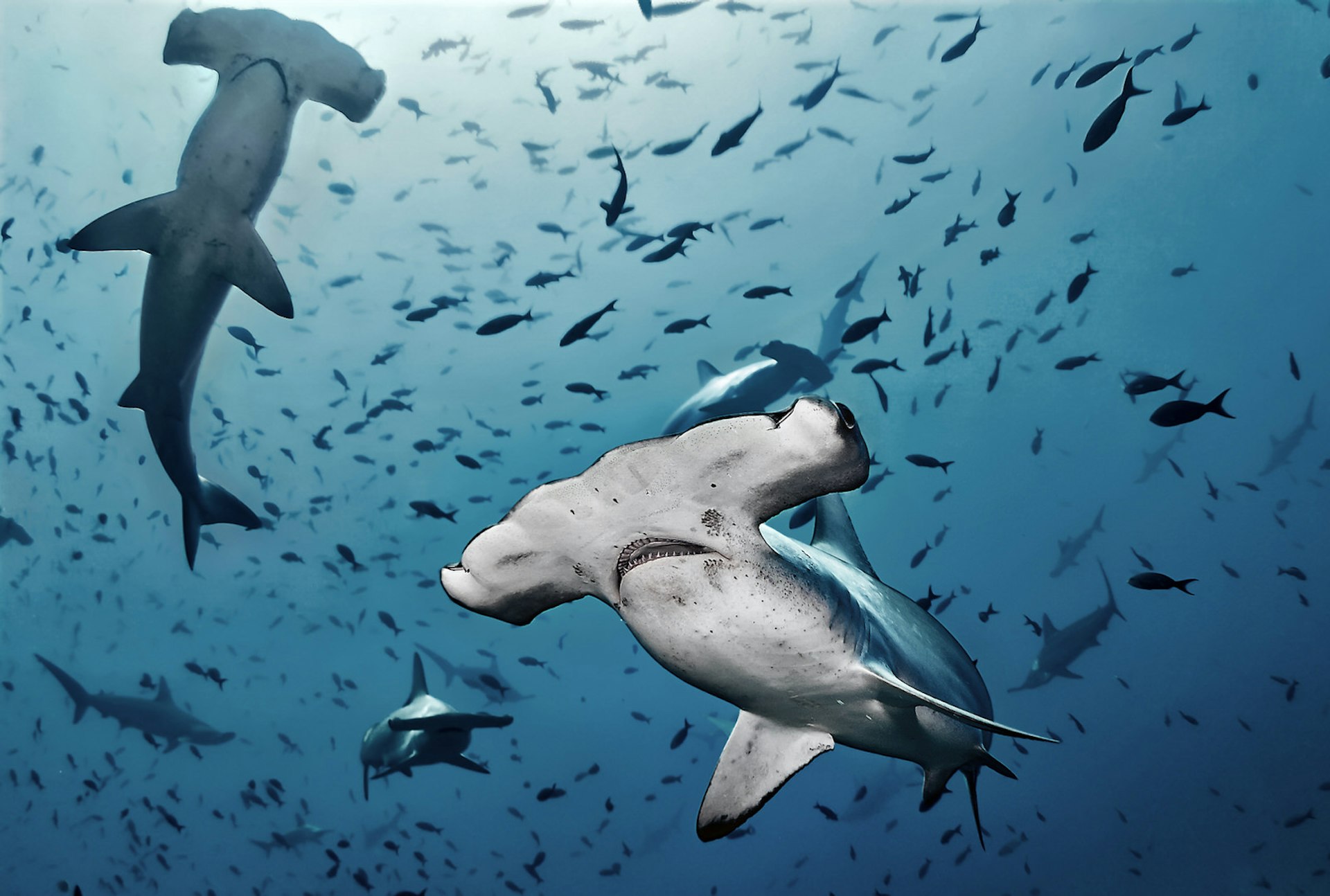
Hammerhead sharks
Little was understood about the migratory patterns of hammerhead sharks until 2011 when a University of Miami study successfully tracked a hammerhead traveling a whopping 745 miles (1200km) from south Florida to the middle of the Atlantic off the coast of New Jersey in 62 days. Better known, however, are the mass gatherings of these nomadic fish in an area between Ecuador’s Galapagos Islands, Colombia’s Malpelo Island and Costa Rica’s Cocos Island known as the "hammerhead triangle". While hammerheads can be spotted in this region throughout the year, they converge around uninhabited Cocos Island, 340 miles (550km) off the west coast of Costa Rica in groups of up to 200 during the summer months, attracted by nutrient upswells.
See it: Time a liveaboard dive trip to the Cocos Islands between June and December, aiming for dive sites including Bajo Alcone, Dirty Rock and Punta Maria.
How to have an incredible safari experience without leaving the US

Fruit bats
Every October, the skies of Central Africa go dark as more than 10 million straw-colored fruit bats make their annual pilgrimage from the Congo Basin to Kasanka National Park in Zambia to feed on the waterberries, mango, wild loquat and red milkwood berries that appear in abundance at this time of year. During what is known as the largest mammalian migration on earth, the bats devour around 4.4lb (2km) of this fruity ambrosia each night, leaving the trees stripped bare of their succulent bounty by the time the nocturnal creatures depart towards the end of December.
See it: A guide is required to view the bats of Kasanka National Park, where hides have been created in the treetops for optimum viewing.
Where to go on your first safari in Africa
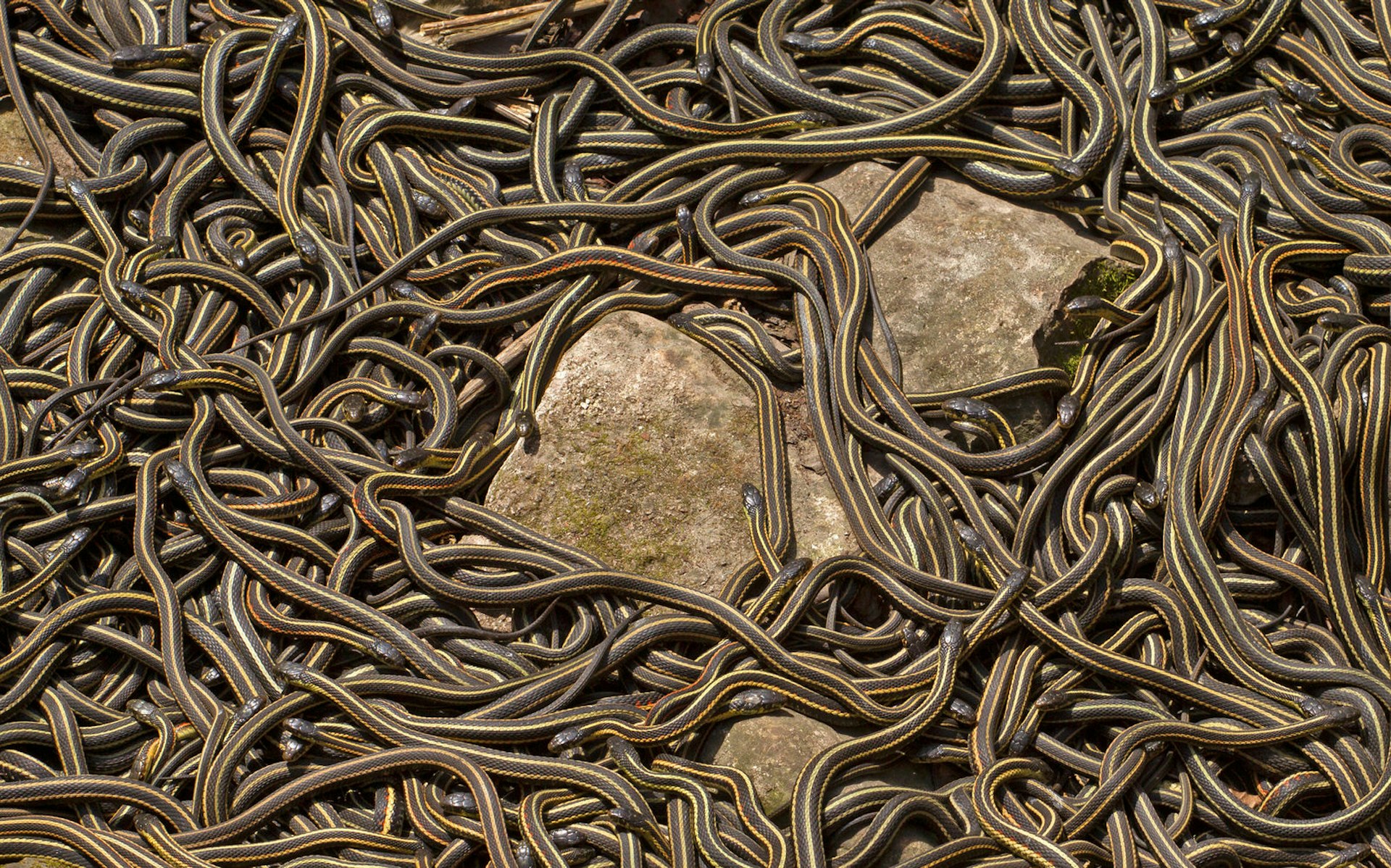
Red-sided garter snakes
At the end of autumn every year, thousands of red-sided garter snakes travel up to 20 miles (32km) to hibernate together in huge dens in Manitoba, Canada, in what is billed as the largest snake gathering in the world. Come spring, the snakes’ mass emergence – with over 100,000 reptiles wriggling out of their dens at the same time – creates a spectacle not for the faint of heart. After spreading out to feed during the summer months, the mildly poisonous snakes, which are not aggressive towards humans, can also be seen returning to their denning area around September.
See it: To see the reptiles emerge, head to the snake dens signposted a few miles north of Narcisse, about an hours’ drive north of Winnipeg, in the middle of May.
You might also like:
Stressed and anxious? Watching adorable animal videos might help
Safari animals: the story of elephants (and the best places to see them)
These nine wildlife webcams offer access to your favorite animals

